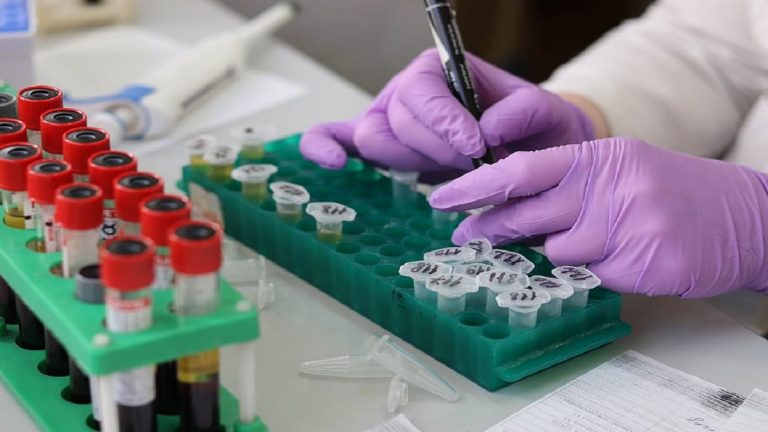
Cystatin C is a relatively small protein that is produced throughout the body by all cells that contain a nucleus.
and is found in a variety of body fluids, including the blood.
It is produced, filtered from the blood by the kidneys, and broken down at a constant rate.
This test measures the amount of cystatin C in blood to help evaluate kidney function.
When the kidneys are functioning normally, concentrations of cystatin C in the blood are stable.
However, as kidney function deteriorates, the concentrations begin to rise.
Unlike creatinine, cystatin C is not significantly affected by muscle mass (hence, sex or age), race, or diet,
A cystatin C test may be used as an alternative to creatinine and creatinine clearance.
to screen for and monitor kidney dysfunction in those with known or suspected kidney disease.
It is most useful in special cases where creatinine measurement could be misleading.
which has led to the idea that it could be a more reliable marker of kidney function and potentially used to generate a more precise estimate of glomerular filtration rate.
there is some research suggesting that cystatin C returns to a normal level.
more quickly than creatinine and could be used to assess kidney function.
and severity of illness when GFR is rapidly changing in critically ill hospitalized patients.
Unlike creatinine, cystatin C is reabsorbed from the glomerular filtrate,
and then metabolized in the kidneys.
Under normal conditions, cystatin C is not found at detectable levels in the urine.
Although cystatin C is less affected by age, body mass, and diet than creatinine,
it is not a perfect test and can be affected by several drugs and other medical conditions.
Some studies have reported increased cystatin C levels associated with higher levels
of C-reactive protein or body mass index, hyperthyroidism, steroid use,
malignant diseases, AIDS, rheumatic diseases, and certain metabolic conditions such as hyperhomocysteinemia.
While there are growing data and literature supporting the use of cystatin C, there is still a degree of uncertainty about when and how it should be used.
However, testing is becoming increasingly more available, and steps are being taken toward standardizing the calibration of cystatin C results.




